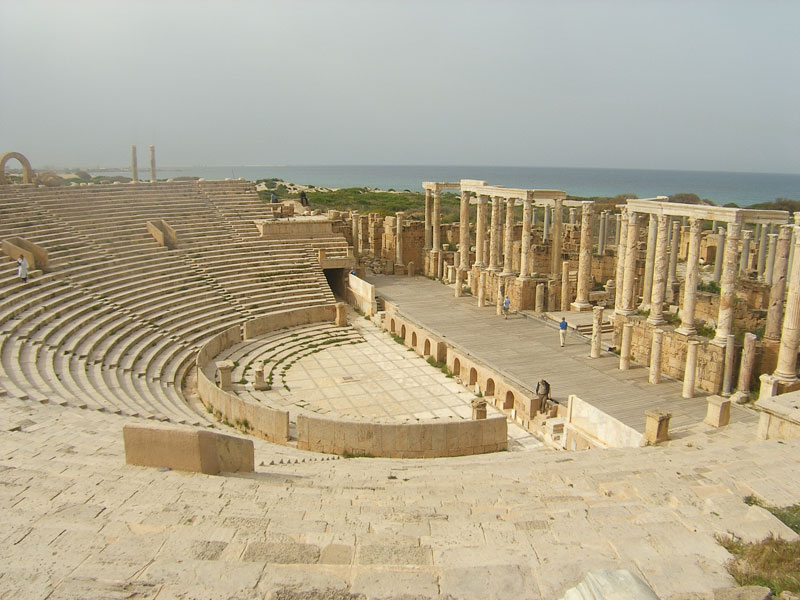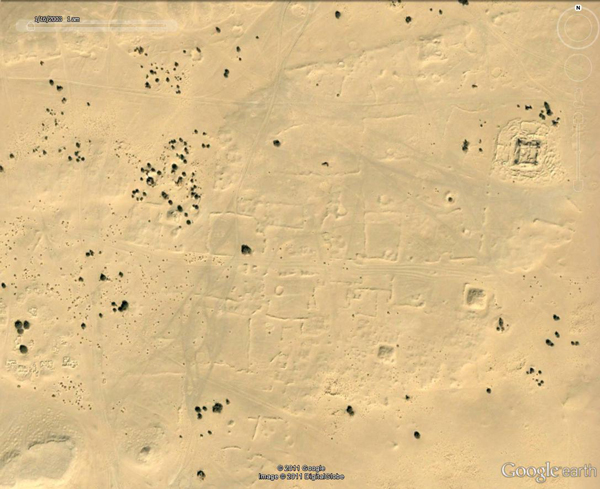Features From the Issue
-
Features
Weapons of the Ancient World
How people of the past developed arms to master the challenges of their time
 (Leemage/ Contributor/GettyImages)
(Leemage/ Contributor/GettyImages) -
Features
A Path to Freedom
At a Union Army camp in Kentucky, enslaved men, women, and children struggled for their lives and fought to be free
 (National Archives Records Administration, Washington, DC)
(National Archives Records Administration, Washington, DC) -
Features
Villages in the Sky
High in the Rockies, archaeologists have discovered evidence of mountain life 4,000 years ago
 (Matt Stirn)
(Matt Stirn) -
Features
Megasites of Ukraine
Massive 6,000-year-old settlements are revolutionizing how archaeologists understand ancient cities
-
Features
The King's Canal
Rock reliefs in Iraqi Kurdistan show how Assyrian farmers toiled under the royal gaze
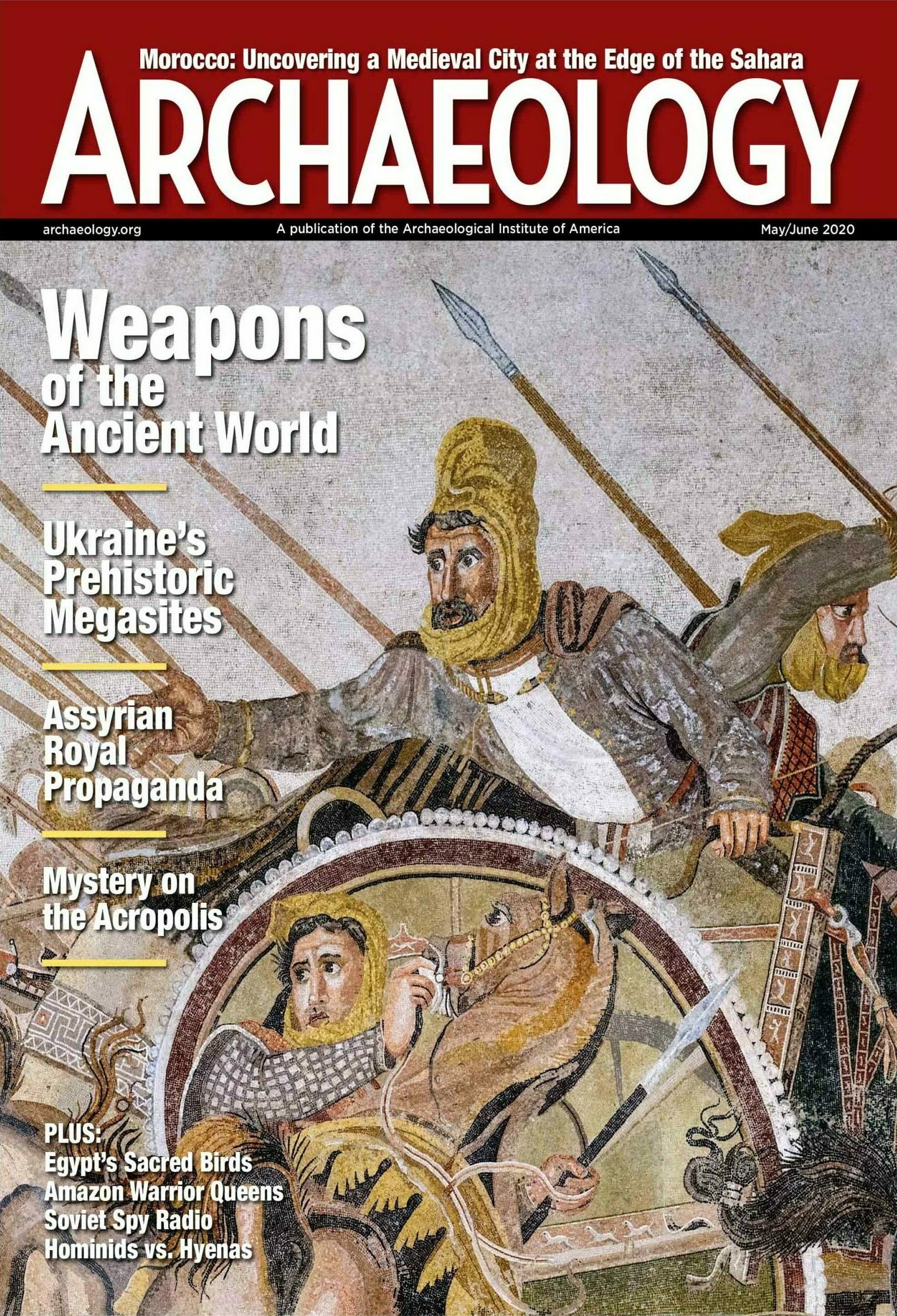
Letter from Morocco
Letter from Morocco
Splendor at the Edge of the Sahara
Excavations of a bustling medieval city tell the tale of a powerful Berber dynasty
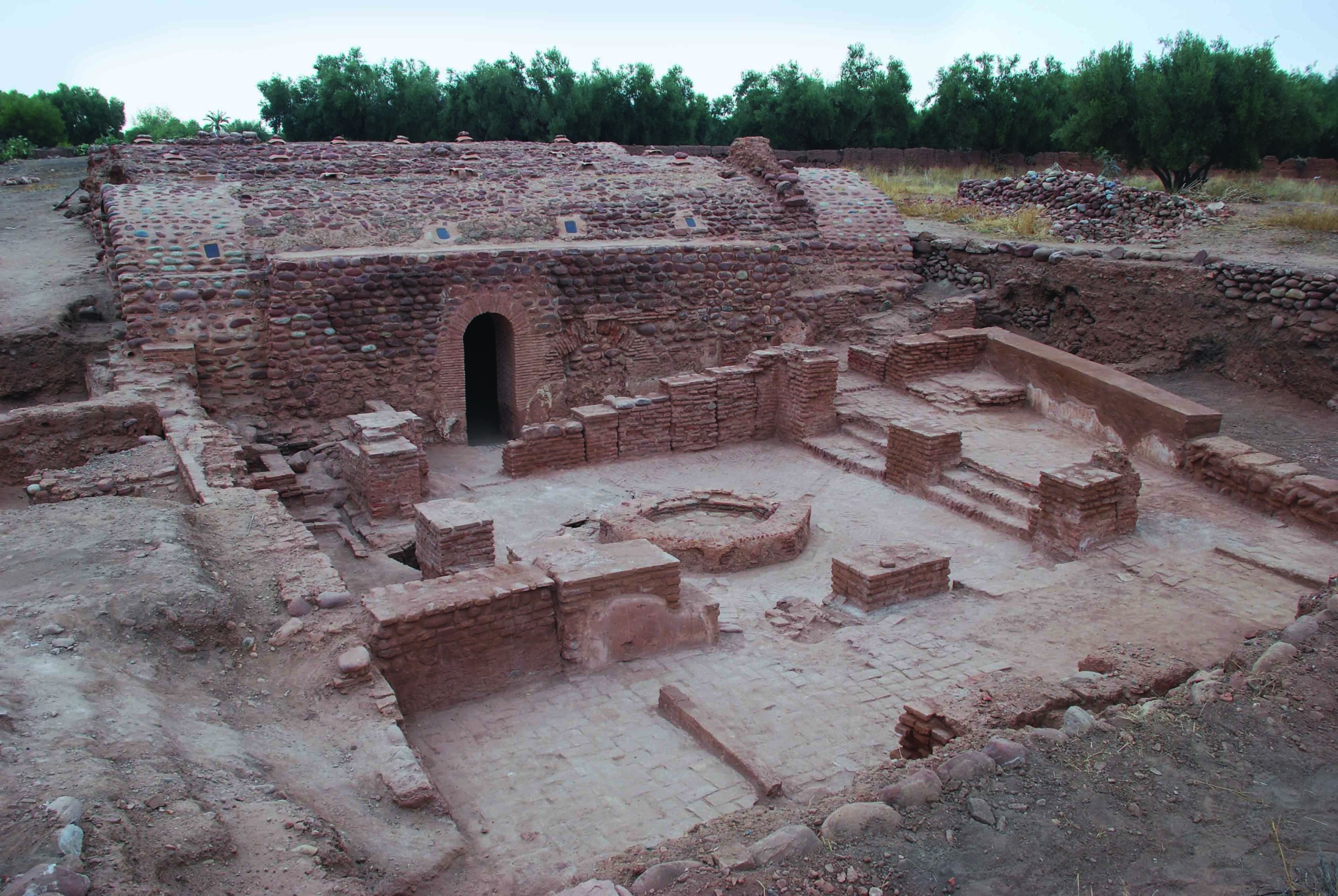
Artifact
Artifacts
Torah Shield and Pointer

Digs & Discoveries
-
Digs & Discoveries
The Parthenon by Any Other Name?
 (Jason Urbanus)
(Jason Urbanus) -
Digs & Discoveries
Guardian Feline
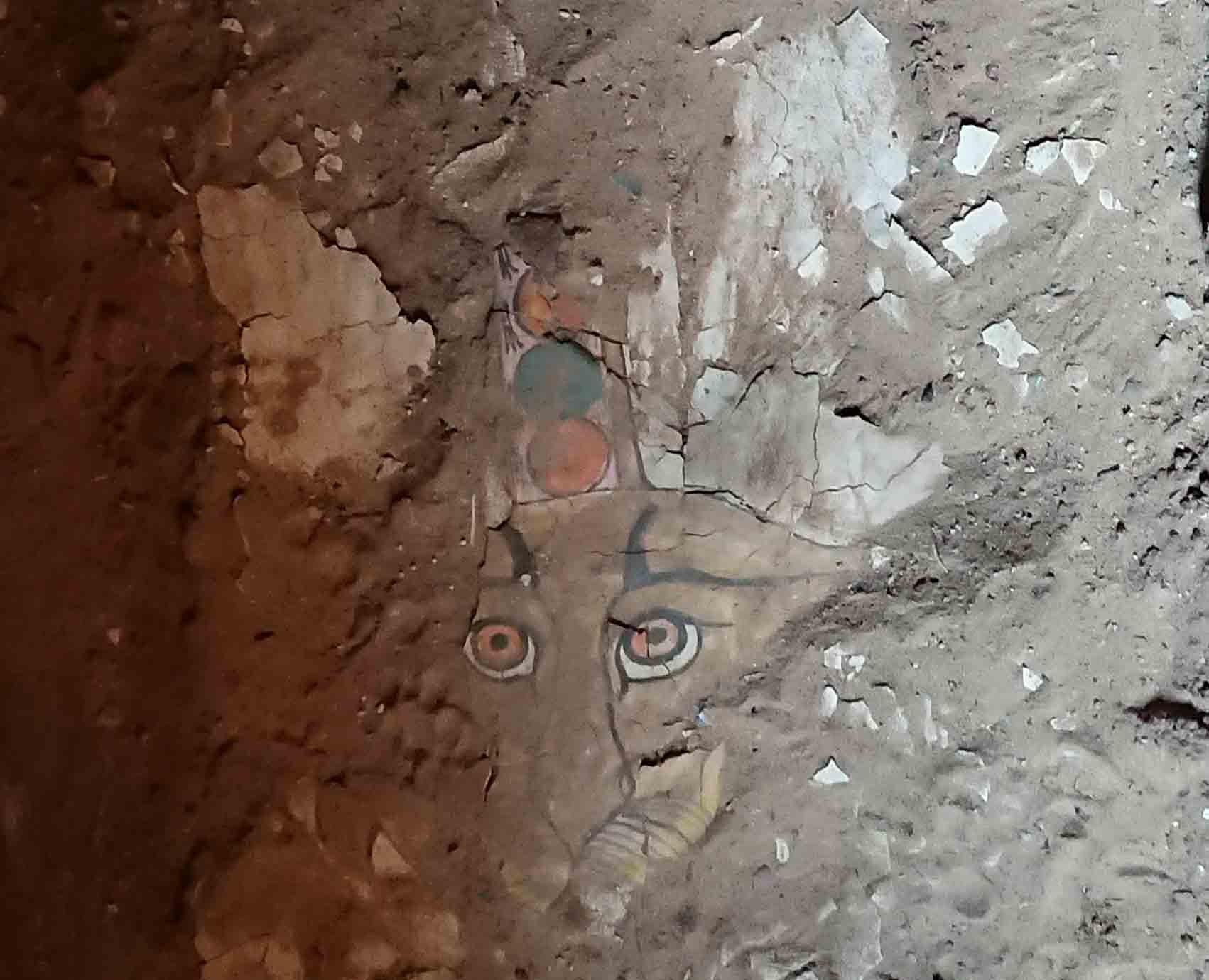 (EIMAWA Egyptian-Italian Missione at West Aswan - Università degli Studi di Milano)
(EIMAWA Egyptian-Italian Missione at West Aswan - Università degli Studi di Milano) -
Digs & Discoveries
The Cursing Well
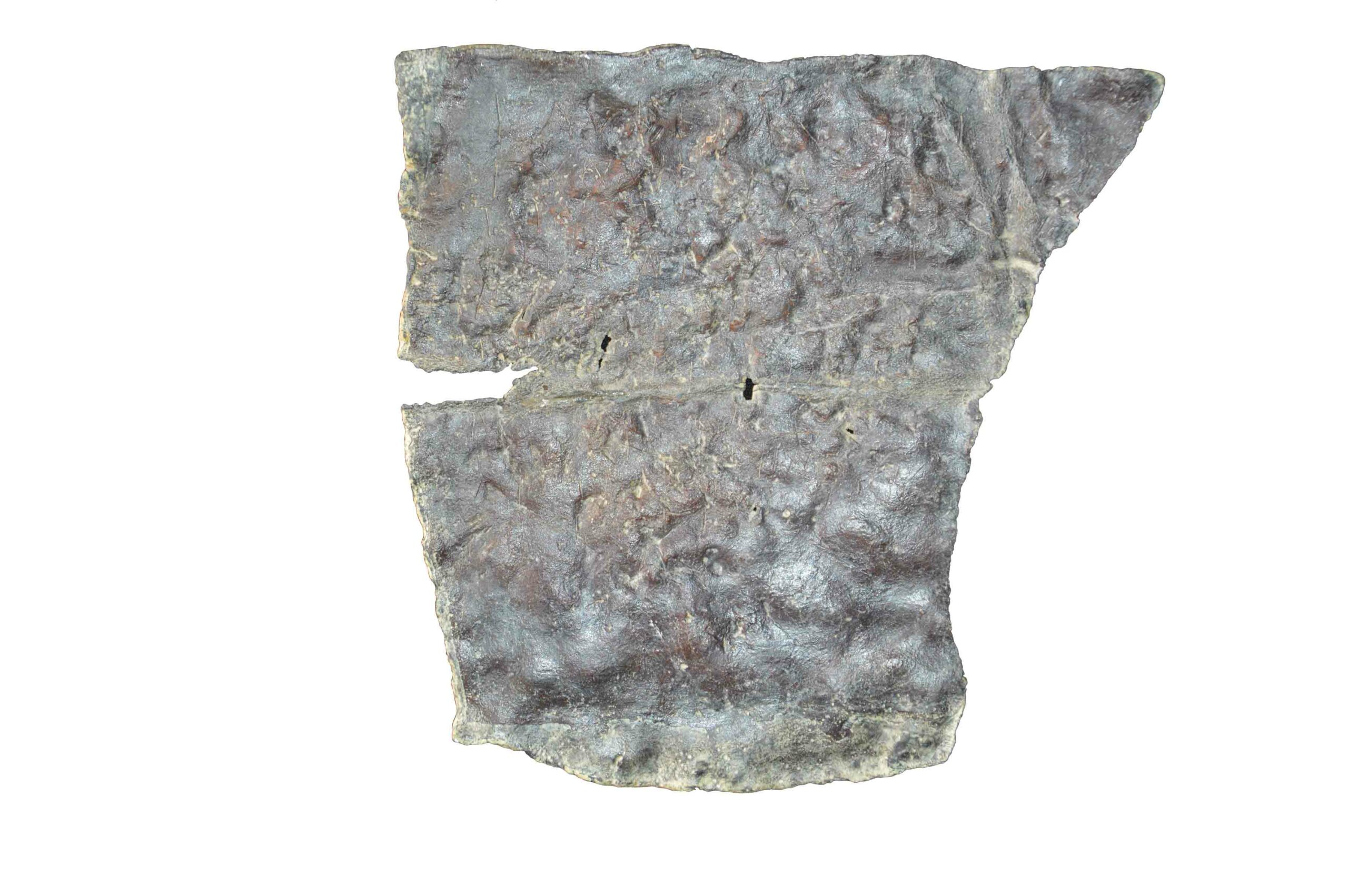 (Copyright Deutsches Archäologisches Institut Athen/Photo: J. Stroszeck)
(Copyright Deutsches Archäologisches Institut Athen/Photo: J. Stroszeck) -
Digs & Discoveries
If These Walls Could Talk
 (Ruben Willaert bvba)
(Ruben Willaert bvba) -
Digs & Discoveries
Warrior Stone
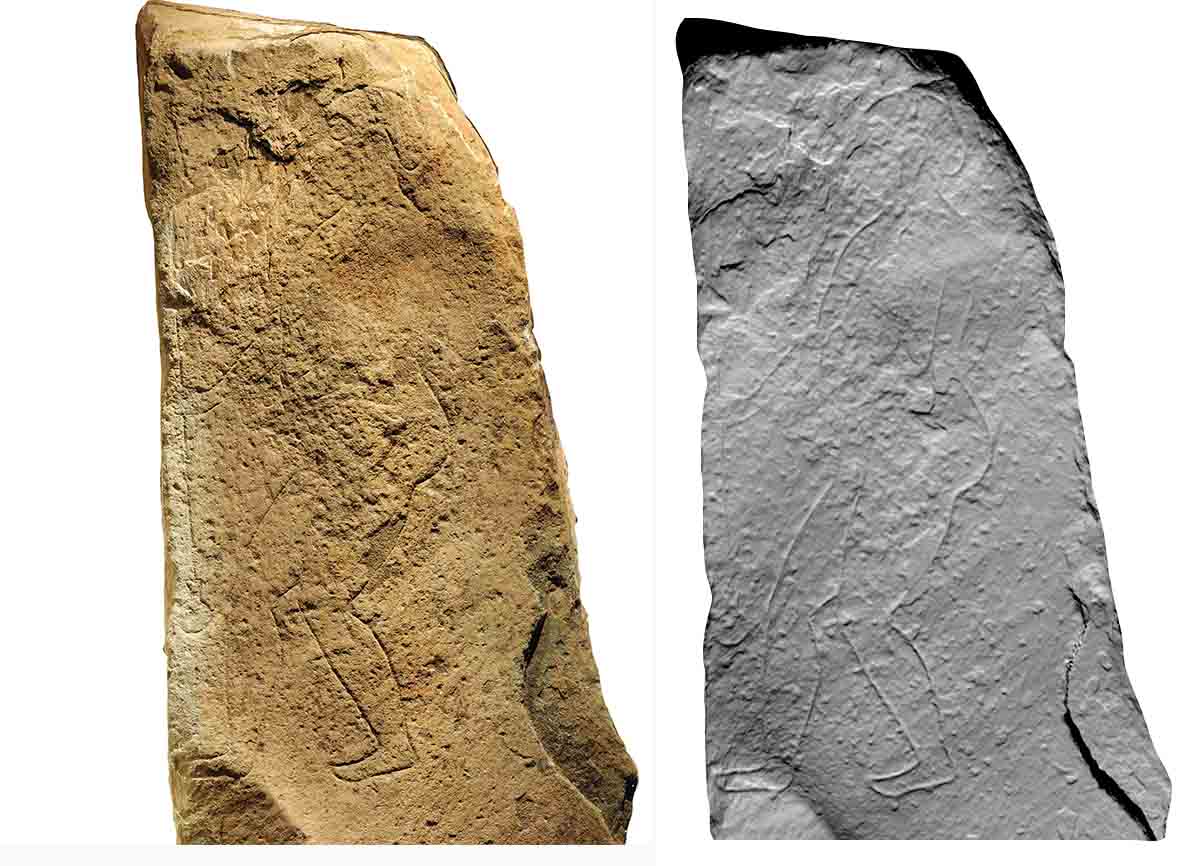 (University of Aberdeen)
(University of Aberdeen) -
Digs & Discoveries
At Press Time
 (Courtesy Kokusai Bunkazai Co. Ltd.)
(Courtesy Kokusai Bunkazai Co. Ltd.) -
Digs & Discoveries
Polychrome Patchwork
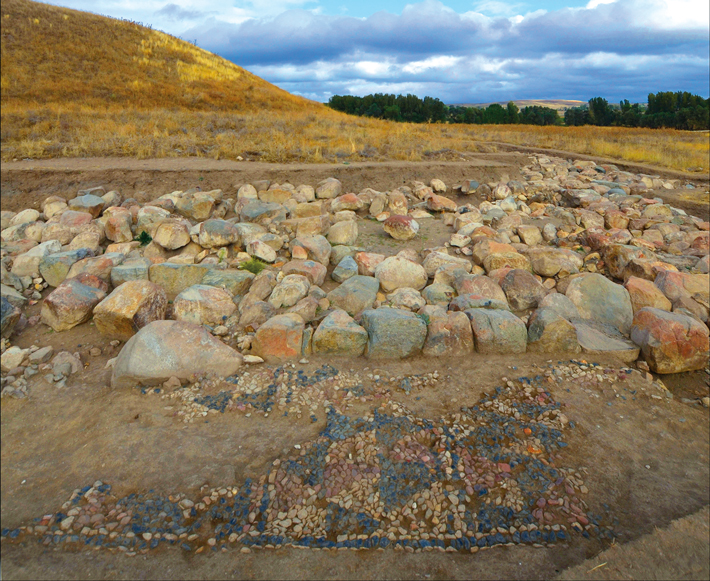 (Uşaklı Höyük Archaeological Project, http://usaklihoyuk.org/)
(Uşaklı Höyük Archaeological Project, http://usaklihoyuk.org/) -
Digs & Discoveries
Scaredy Cats
 (blickwinkel / Alamy Stock Photo)
(blickwinkel / Alamy Stock Photo) -
Digs & Discoveries
Arms and the Women
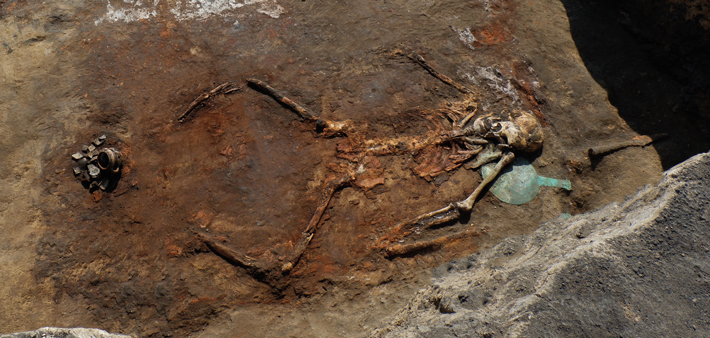 (Institute of Archaeology, Russian Academy of Sciences)
(Institute of Archaeology, Russian Academy of Sciences) -
Digs & Discoveries
Birds of a Feather
 (Courtesy Sally Wasef, Derek Keats via Wikimedia Commons)
(Courtesy Sally Wasef, Derek Keats via Wikimedia Commons) -
Digs & Discoveries
Viking Knights, Polish Days
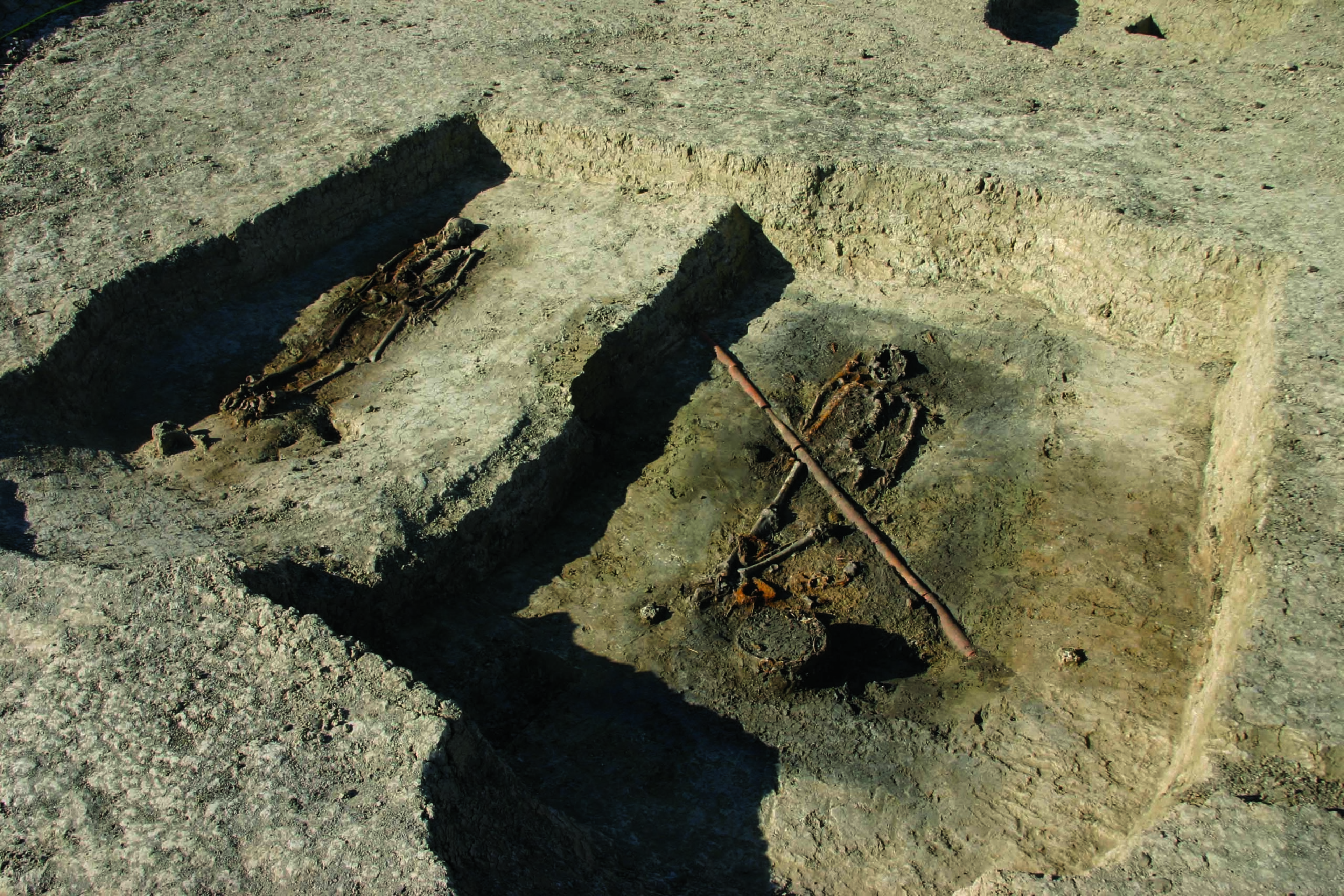 (Photo by Z. Ratajczyk)
(Photo by Z. Ratajczyk) -
Digs & Discoveries
Z Marks the Spot
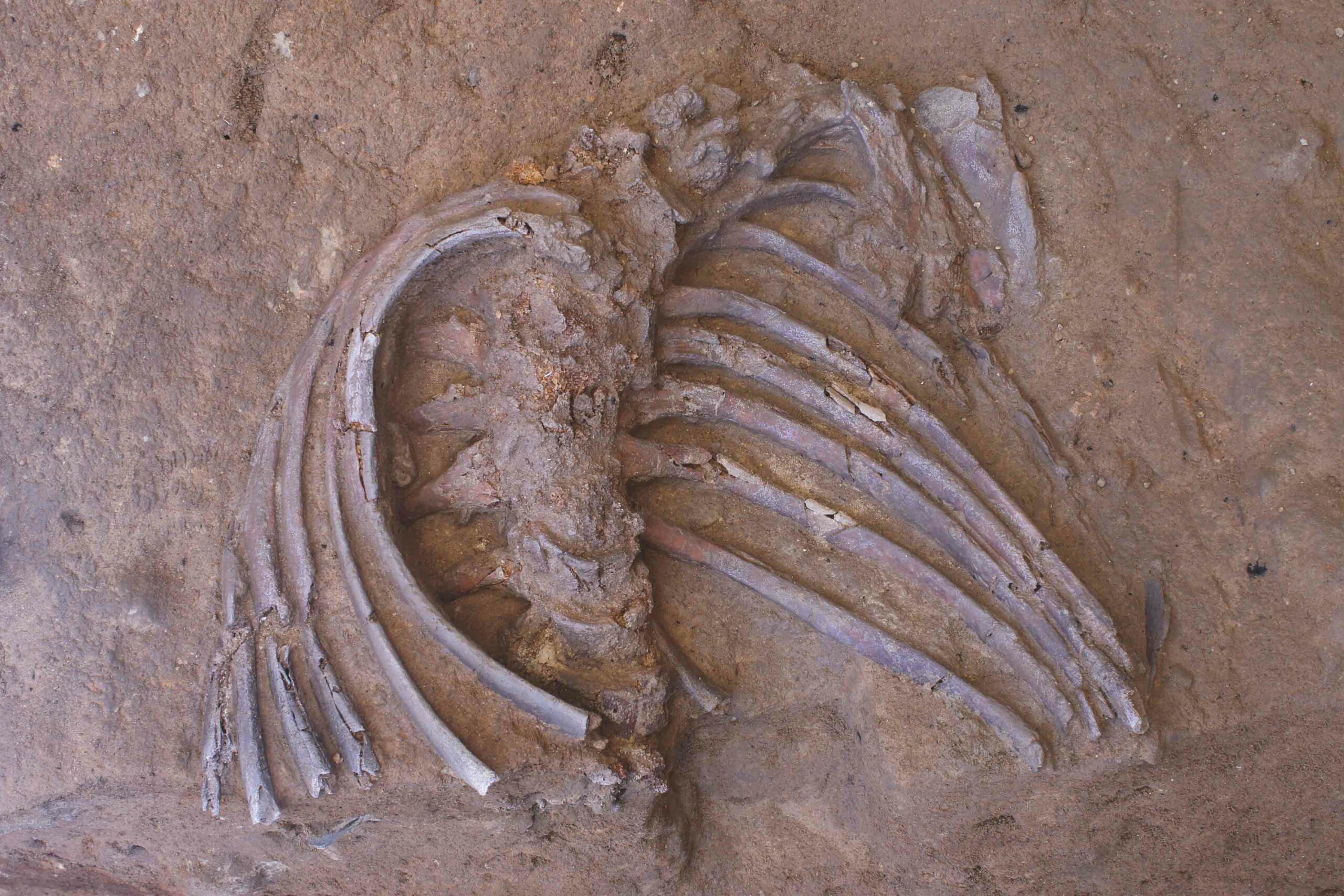 (Graeme Barker)
(Graeme Barker)
Off the Grid
Off the Grid May/June 2020
Oppido Mamertina, Italy

Around the World

VANUATU

VANUATU: Oceania was the last region on Earth colonized by humans. When the first settlers from the Lapita Culture arrived in Vanuatu 3,000 years ago, they transported certain plants with them that aided their ability to survive, including the banana. Analysis of microparticles trapped in the dental plaque of individuals buried on Efate Island has indicated the presence of the nonnative species at this early date. Banana plants would not only have provided sustenance, but could also have been used for building material, textiles, cordage, and medicine.
Related Content
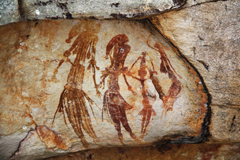
AUSTRALIA

AUSTRALIA: Some very old rock art, such as the Gwion-style paintings that are found in the Kimberley region of Western Australia, is notoriously difficult to date because the pigments no longer contain organic material. However, experts were able surmount this challenge by instead dating organic material from millennia-old mud wasps’ nests on rock facades that had been painted over by Aboriginal artists long ago. The researchers estimate that most of the paintings’ enigmatic anthropomorphic figures were created 12,000 years ago.
Related Content

LIBYA

LIBYA: Faunal remains from the Takarkori rock shelter in southwestern Libya underscore just how different the environment was there 10,000 years ago. While today the site is in the Sahara Desert, at the beginning of the Holocene period the area was dotted with lakes, ponds, and waterways. Humans used the shelter between 10,200 and 4,650 years ago. Their discarded food scraps around the site are giving experts insight into their diet. Of 18,000 bones thus far recovered, nearly 80 percent belong to fish species, mainly catfish and tilapia.





